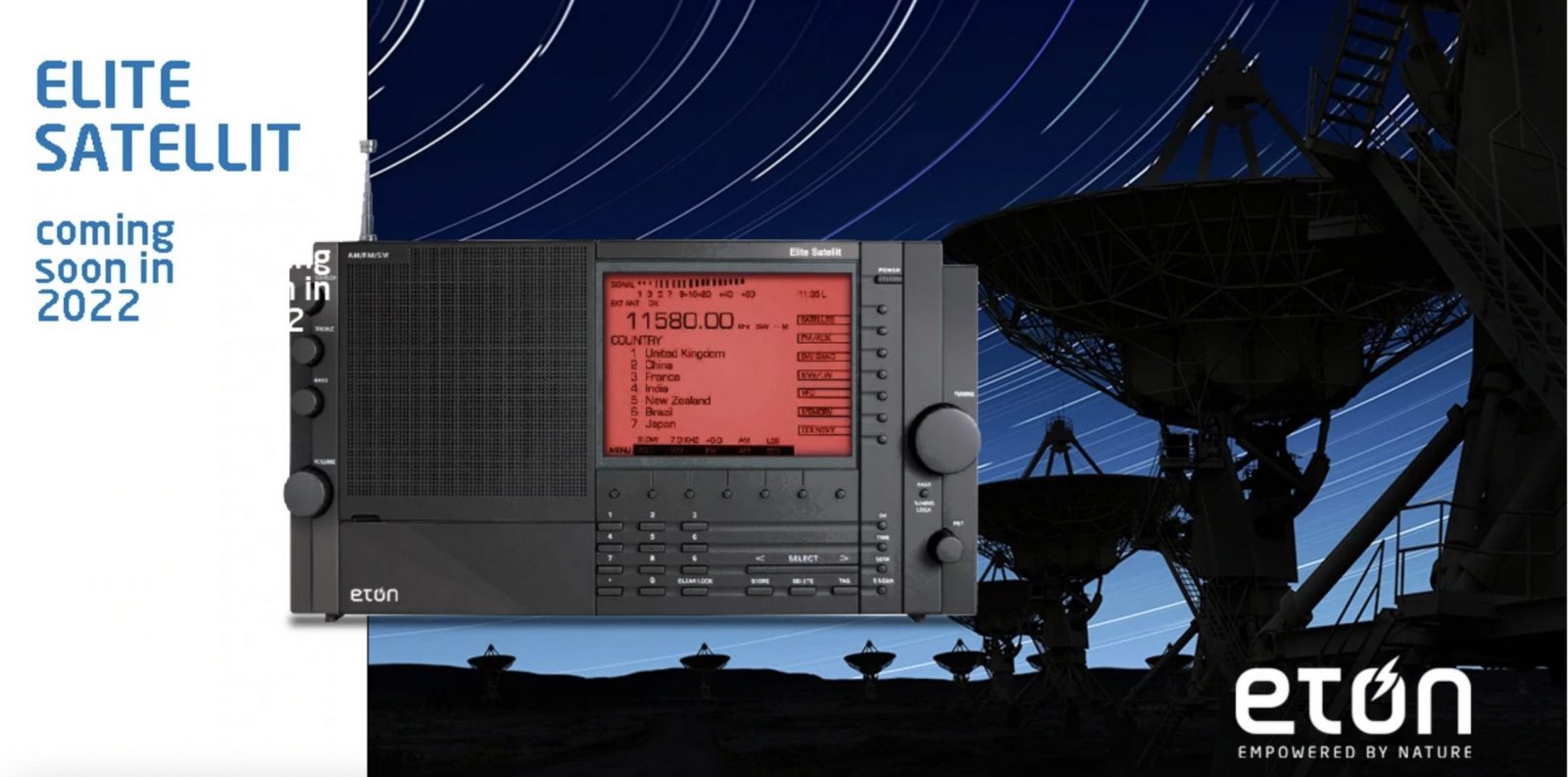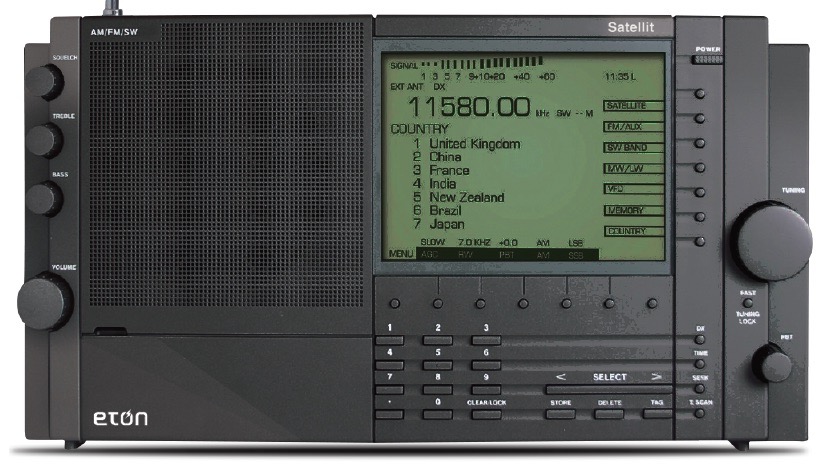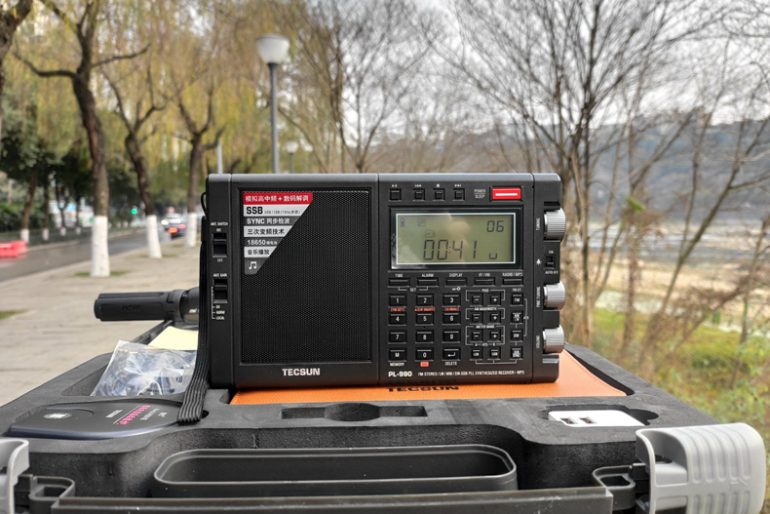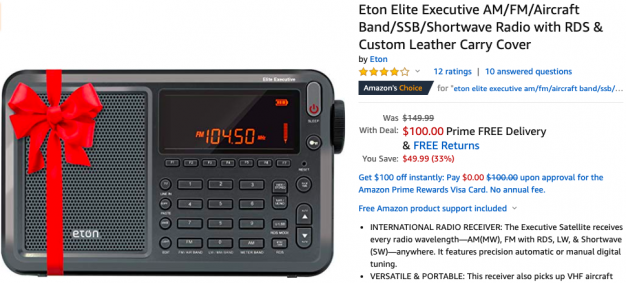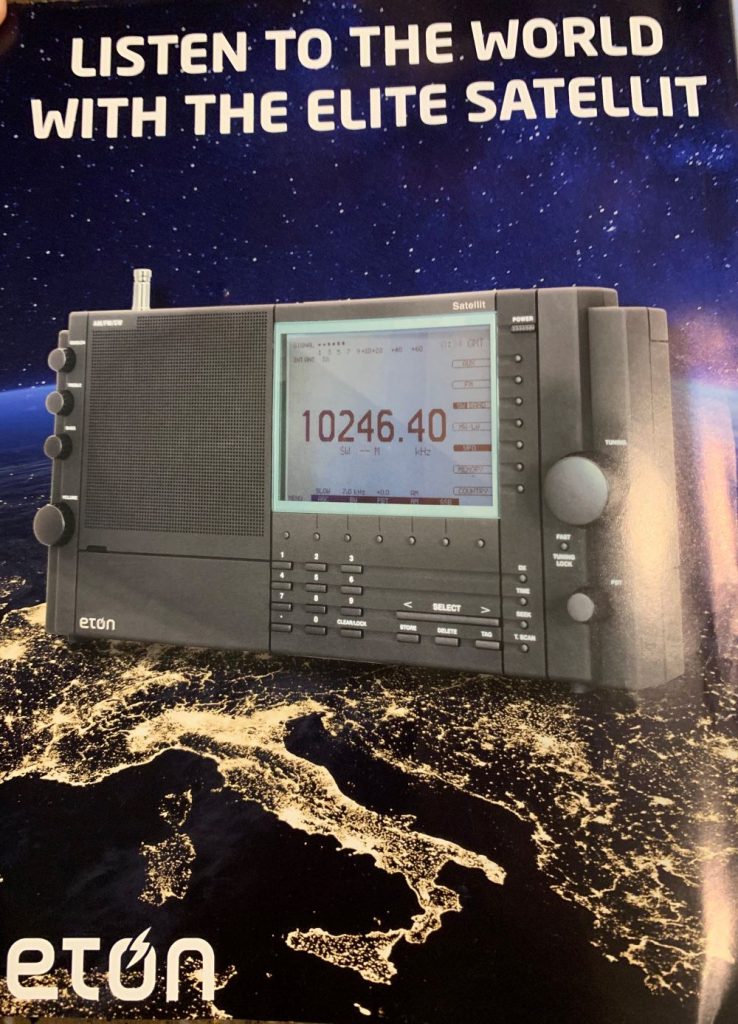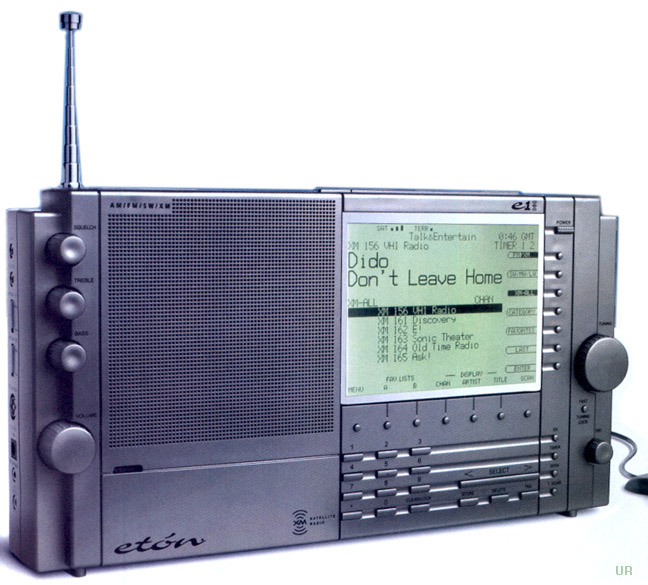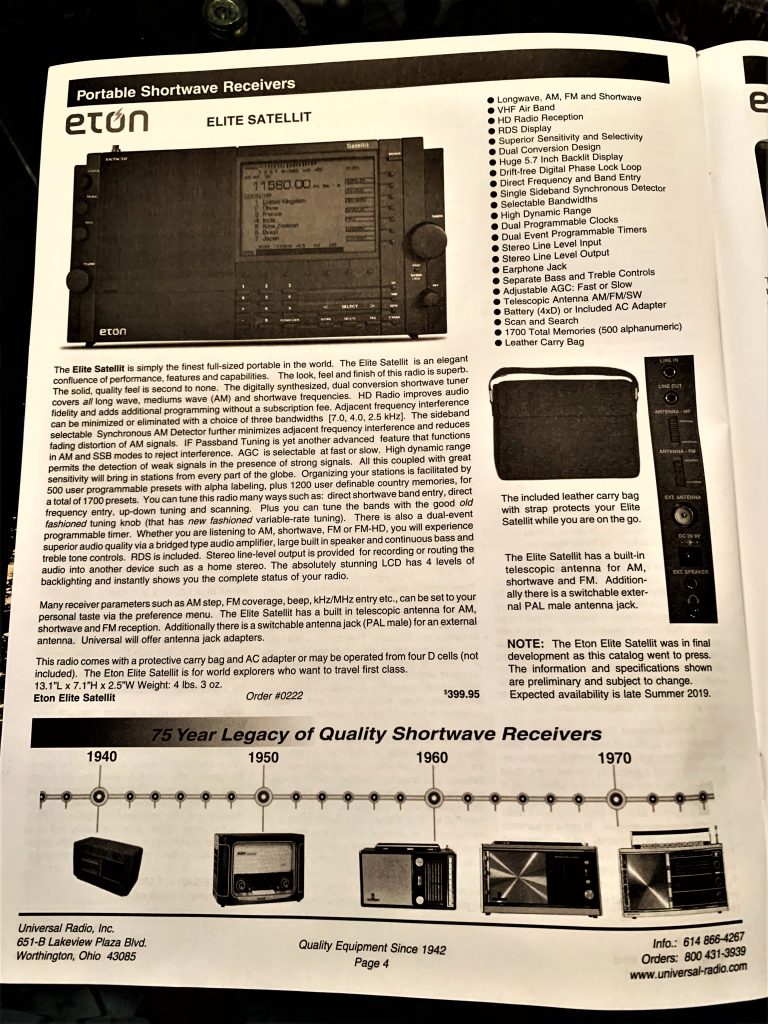Radio Waves: Stories Making Waves in the World of Radio
Welcome to the SWLing Post’s Radio Waves, a collection of links to interesting stories making waves in the world of radio. Enjoy!
Many thanks to Eric Jon Magnuson for summarizing these news items for Radio Waves!
Here Comes the Sun—to End Civilization (Wired)
Every so often, our star fires off a plasma bomb in a random direction. Our best hope the next time Earth is in the crosshairs? Capacitors.
TO A PHOTON, the sun is like a crowded nightclub. It’s 27 million degrees inside and packed with excited bodies—helium atoms fusing, nuclei colliding, positrons sneaking off with neutrinos. When the photon heads for the exit, the journey there will take, on average, 100,000 years. (There’s no quick way to jostle past 10 septillion dancers, even if you do move at the speed of light.) Once at the surface, the photon might set off solo into the night. Or, if it emerges in the wrong place at the wrong time, it might find itself stuck inside a coronal mass ejection, a mob of charged particles with the power to upend civilizations.
The cause of the ruckus is the sun’s magnetic field. Generated by the churning of particles in the core, it originates as a series of orderly north-to-south lines. But different latitudes on the molten star rotate at different rates—36 days at the poles, and only 25 days at the equator. Very quickly, those lines stretch and tangle, forming magnetic knots that can puncture the surface and trap matter beneath them. From afar, the resulting patches appear dark. They’re known as sunspots. Typically, the trapped matter cools, condenses into plasma clouds, and falls back to the surface in a fiery coronal rain. Sometimes, though, the knots untangle spontaneously, violently. The sunspot turns into the muzzle of a gun: Photons flare in every direction, and a slug of magnetized plasma fires outward like a bullet.
The sun has played this game of Russian roulette with the solar system for billions of years, sometimes shooting off several coronal mass ejections in a day. Most come nowhere near Earth. It would take centuries of human observation before someone could stare down the barrel while it happened. At 11:18 am on September 1, 1859, Richard Carrington, a 33-year-old brewery owner and amateur astronomer, was in his private observatory, sketching sunspots—an important but mundane act of record-keeping. That moment, the spots erupted into a blinding beam of light. Carrington sprinted off in search of a witness. When he returned, a minute later, the image had already gone back to normal. Carrington spent that afternoon trying to make sense of the aberration. Had his lens caught a stray reflection? Had an undiscovered comet or planet passed between his telescope and the star? While he stewed, a plasma bomb silently barreled toward Earth at several million miles per hour. [Continue reading at Wired…]
Radio To Russia: Can Old Technologies Make A Dent In Putin’s Information Blockade? (Information Professionals Association)
The following article is an original work published by the Information Professionals Association. Opinions expressed by authors are their own, and do not necessarily reflect the views of or endorsement by the Information Professionals Association.
By Tom Kent
As Vladimir Putin tightens his stranglehold on what his citizens see and hear, will radio once again become an effective way to get outside voices into Russia?
For the time being, U.S. broadcasting officials believe the best way to get their content to Russia’s population is still through the internet, despite all of Putin’s attempts to control it. Activists in the United States and Europe, however, are convinced that in a wartime situation, those wanting to reach Russians should be trying everything – including shortwave radio, the mainstay of Cold War broadcasting by the Voice of America (VOA) and Radio Free Europe/Radio Liberty (RFE/RL).
The U.S. government’s reluctance to return to shortwave has led to the odd spectacle of American volunteers taking broadcasting into their own hands. Activists have crowdfunded projects to transmit on shortwave channels programs produced by VOA and RFE/RL that the government declines to broadcast with its own transmitters.
Shortwave broadcasting uses high frequencies that can reach across continents. During Soviet rule, VOA, RFE/RL, the British Broadcasting Corporation (BBC) and other stations used shortwave to punch news, religious programs and forbidden Western music through the Iron Curtain. Soviet jamming stations tried to drown out the broadcasts, but much of the content got through.
With the collapse of the Soviet Union and the rise of the internet in Russia, foreign shortwave broadcasting tapered off. Boris Yeltsin let RFE/RL open local stations in some 30 Russian cities, but under Putin they were forced to close because of Russian laws. The United States then switched its radio and video services for Russians almost entirely to the web and social networks.
Since the war began, however, Russian authorities have increasingly blocked from the internet any content that criticizes the war or Putin’s rule. Many Russians use VPNs and other software to get around the blocks, and have come to the US broadcasters’ websites and social network feeds in droves. But Russian officials are working feverishly to block these circumvention tools, and may be able to determine which citizens are using them. [Continue reading on the IPA website…]
An Epic Tale of Pirate Radio in its Golden Age (Hackaday)
With music consumption having long ago moved to a streaming model in many parts of the world, it sometimes feels as though, just like the rotary telephone dial, kids might not even know what a radio was, let alone own one. But there was a time when broadcasting pop music over the airwaves was a deeply subversive activity for Europeans at least, as the lumbering state monopoly broadcasters were challenged by illegal pirate stations carrying the cutting edge music they had failed to provide. [Ringway Manchester] has the story of one such pirate station which broadcast across the city for a few years in the 1970s, and it’s a fascinating tale indeed.
It takes the form of a series of six videos, the first of which we’ve embedded below the break. The next installment is placed as an embedded link at the end of each video, and it’s worth sitting down for the full set.
The action starts in early 1973 when a group of young radio enthusiast friends, left without access to a station of their taste by Government crackdowns on ship-based pirate stations, decided to try their hand with a land-based alternative. Called Radio Aquarius, it would broadcast on and off both the medium wave (or AM) and the FM broadcast bands over the next couple of years. Its story is one of improvised transmitters powered by car batteries broadcasting from hilltops, woodland, derelict houses, and even a Cold War nuclear bunker, and develops into a cat-and-mouse game between the youths and the local post office agency tasked with policing the spectrum. Finally having been caught once too many times, they disband Radio Aquarius and go on to careers in the radio business.
The tale has some tech, some social history, and plenty of excitement, but the surprise is in how innocent it all seems compared to the much more aggressively commercial pirate stations that would be a feature of later decades. We’d have listened, had we been there!
Not only pirate radio has made it to these pages, we’ve also brought you pirate TV!
Click here to wattch the first installment on YouTube.
Click here to read the full article on Hackaday.
Universal Radio Taking Eton Elite Satellit Orders
Dave (N9EWO) reports:
Eton dealer “Universal Radio” in Ohio USA is accepting orders as of June 28, 2022 for the Eton Elite Satellit ($ 599.99 + $ 14.95 USA shipping, sorry Universal will NOT ship outside the USA) for late July 2022 delivery. The new Eton Elite Executive HD ($ 249.99 tentative) is now listed for November 2022 release (sorry no pre-orders are being accepted yet).
Do you enjoy the SWLing Post?
Please consider supporting us via Patreon or our Coffee Fund!
Your support makes articles like this one possible. Thank you!



